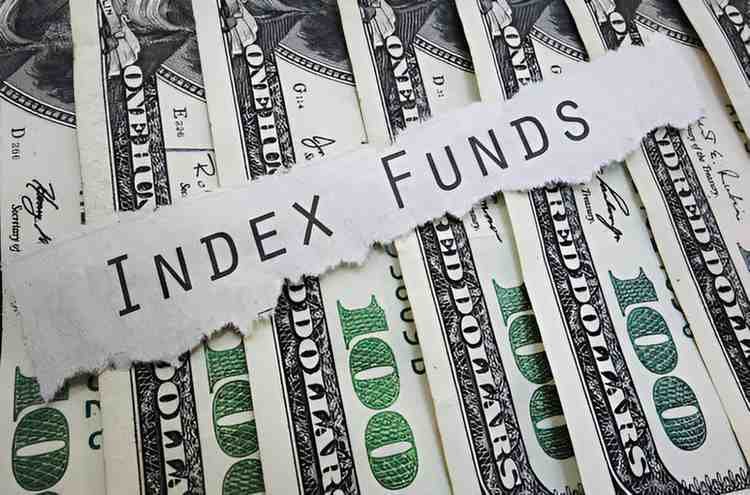Index mutual funds have become a cornerstone of modern investing, offering low-cost, diversified exposure to broad market segments. Among the key players in this space, American Century Investments stands out with its range of index mutual funds. In this analysis, I explore the nuances of American Century’s index mutual funds, their performance, cost structure, tax efficiency, and how they compare to competitors like Vanguard and Fidelity.
Table of Contents
Understanding Index Mutual Funds
Before diving into American Century’s offerings, let’s clarify what index mutual funds are. These funds aim to replicate the performance of a specific market index, such as the S&P 500 or Russell 2000. Unlike actively managed funds, where portfolio managers pick stocks, index funds follow a passive strategy, leading to lower expense ratios and greater tax efficiency.
The expected return of an index fund can be modeled as:
E(R_p) = R_f + \beta (E(R_m) - R_f)Where:
- E(R_p) = Expected portfolio return
- R_f = Risk-free rate
- \beta = Beta (measure of market risk)
- E(R_m) = Expected market return
This formula shows that index funds, by design, should closely track the market return minus fees.
American Century’s Index Fund Offerings
American Century provides several index mutual funds, each targeting different market segments. Below is a comparison of some key funds:
| Fund Name | Ticker | Expense Ratio | Benchmark Index | Minimum Investment |
|---|---|---|---|---|
| American Century Equity Index Fund | TWEAX | 0.45% | S&P 500 | $2,500 |
| American Century Mid Cap Value Fund | ACMVX | 0.67% | Russell Midcap Value | $2,500 |
| American Century Small Company Fund | ASQIX | 0.76% | Russell 2000 | $2,500 |
Performance Analysis
Let’s take TWEAX (American Century Equity Index Fund) as an example. Over the past decade, it has delivered annualized returns of ~12.5%, closely tracking the S&P 500. However, its expense ratio (0.45%) is higher than competitors like VFIAX (Vanguard 500 Index Fund, 0.04%).
To see the impact of fees, consider a $10,000 investment over 20 years with an average annual return of 8%:
- TWEAX (0.45% fee):
VFIAX (0.04% fee):
FV = 10,000 \times (1 + 0.08 - 0.0004)^{20} \approx \$49,725The difference of $3,115 highlights how even small fee variations compound over time.
Tax Efficiency
Index funds are generally tax-efficient due to lower turnover. However, American Century’s funds have slightly higher turnover ratios (~5-10%) compared to Vanguard’s (~2-4%). This could lead to marginally higher capital gains distributions.
Who Should Invest in American Century Index Funds?
Pros:
- Solid tracking accuracy – Most funds closely follow their benchmarks.
- No transaction fees – Available on many platforms without additional costs.
- Diversification – Covers large-cap, mid-cap, and small-cap segments.
Cons:
- Higher fees – Expense ratios are above industry leaders like Vanguard and Fidelity.
- Minimum investment – $2,500 may be a barrier for some investors.
Best For:
- Investors who prefer American Century’s brand and customer service.
- Those already holding other American Century funds (for consolidation).
Final Thoughts
American Century’s index mutual funds are competent but not the cheapest. If minimizing costs is your priority, Vanguard or Fidelity may be better. However, if you value American Century’s ecosystem, their funds are a reasonable choice.





